How Ukraine's counteroffensive could reshape Russia's war
What we know about the potentially crucial move

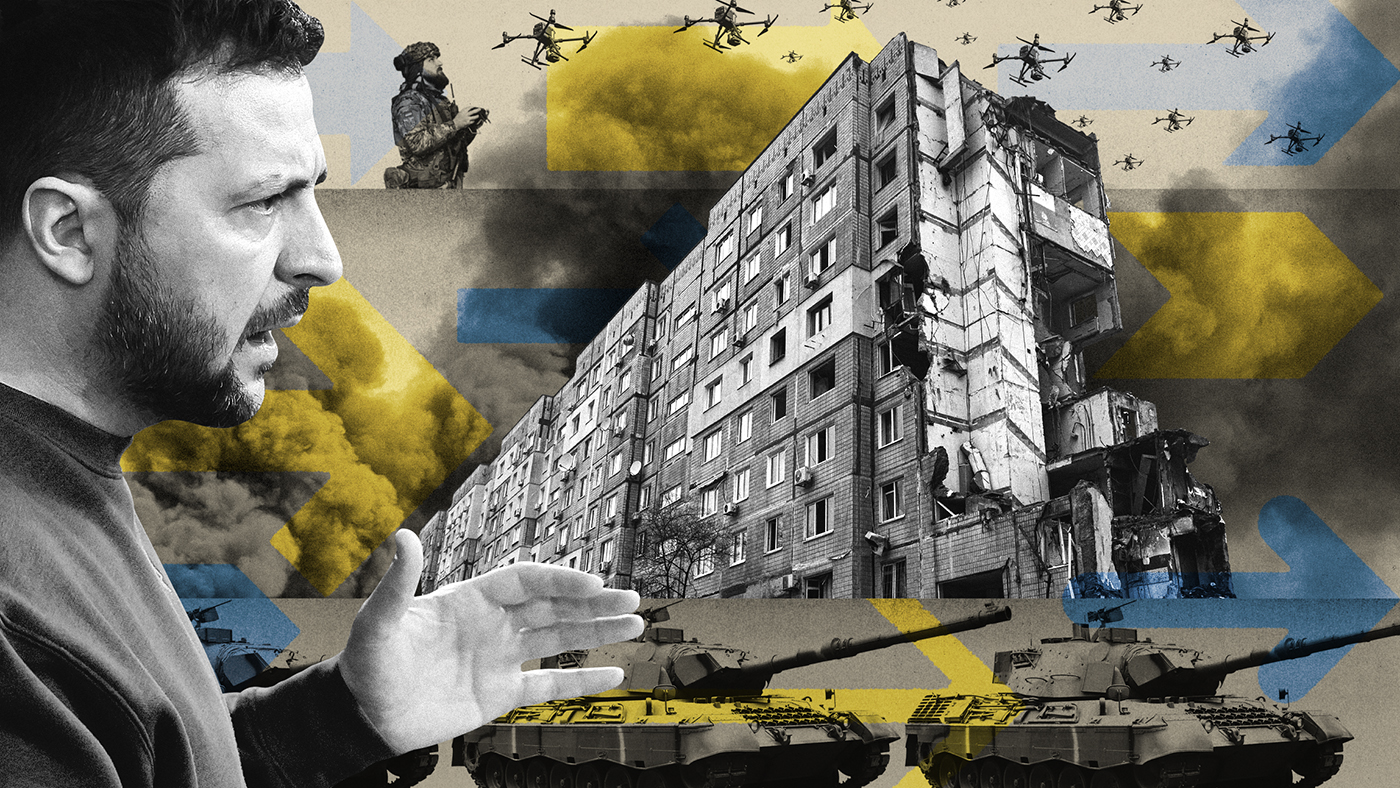
For months now, Ukraine and its Western allies have been discussing a big springtime push by Ukrainian forces to recapture another significant portion of Ukrainian land Russia seized in its 2022 invasion and the decade before. And now, with Russia's winter offensive appearing to have ended in bloody failure, Ukraine's counteroffensive has at last begun.
Russia said Ukraine kicked off its counteroffensive early June 4 with a series of attacks in Donetsk Oblast. Ukraine is mostly maintaining operational silence about its military campaign, but by June 8 it was clear at least some of the soldiers and Western tanks set aside for the counteroffensive were in the field, attacking Russian defensive lines. Ukrainian President Volodymyr Zelenskyy said June 10 that "counteroffensive and defensive actions are being taken in Ukraine," though "at what stage, I will not disclose in detail."
The stakes for this battle are enormous. Ukraine needs to prove it can put the donated Western tanks, armored vehicles, artillery and rockets to good use, pushing Russia back. Russia, on the other hand, has spent months digging trenches, building fortifications and preparing defensive maneuvers to ensure that Ukraine does not recapture its seized territory. And both sides have already taken heavy casualties, consecrating the eastern front with too much blood to abandon casually.
The Week
Escape your echo chamber. Get the facts behind the news, plus analysis from multiple perspectives.

Sign up for The Week's Free Newsletters
From our morning news briefing to a weekly Good News Newsletter, get the best of The Week delivered directly to your inbox.
From our morning news briefing to a weekly Good News Newsletter, get the best of The Week delivered directly to your inbox.
Where is Ukraine targeting its attacks?
For obvious reasons, Ukraine is not broadcasting its battle plans beforehand. Ukraine's Ministry of Defense released a video on June 4 featuring a series of soldiers in the field raising their fingers to their lips. "Plans love silence," the video said. "There will be no start announcement."
One difficulty in determining the start and scope of the counteroffensive was "that the fighting could begin with feints or diversions," as Ukraine has done in the past to great effect, The New York Times reported. The military operations that started June 4 have spread along several fronts from southeastern Zaporizhzhia region to outside Donetsk City, and Deputy Defense Minister Hanna Malyar initially said the ravaged city of Bakhmut remained "the epicenter of hostilities."
Military analysts said Ukraine has transitioned from weeks of "shaping" operations — increased shelling and strikes deep in Russian-held territory, attacks by proxy forces in occupied Crimea and Russia's Belgorod region, attack drones in Moscow and other moves to confound Russian and spread its forces thin — to more active exploratory forays to test Russia's defenses. The counteroffensive is expected to last months.
"I would emphasize there will not be just one big push but probably several different offensives," retired Australian Maj. Gen. Mick Ryan, who has been following the war closely, wrote on his "Futura Doctrina" Substack. "This is because both the south and the east present opportunities for offensive action."
A free daily email with the biggest news stories of the day – and the best features from TheWeek.com
The June 6 destruction of Nova Kakhovka dam and flooding of southern Kherson Oblast may limit Ukraine's options, though. "Anything that may have been planned downstream from the dam probably has to be replanned," a European ambassador told CNN. "Ultimately, the water levels will recede, but most likely, the catastrophic flooding has impacted the bridges and roads in the area, so they may not be usable in the way as planned before."
Moscow is already making preposterous claims about defeating Ukraine's counteroffensive, even as pro-Russia military bloggers and Kiev report some early Ukrainian successes. But Kremlin also instructed Russian state media to "not lower the expectations of the announced Ukrainian counteroffensive" but rather prepare to spin it as a victory if the campaign falls short and blame "the entire West" if it succeeds, Russian opposition outlet Meduza reported in May.
How is Ukraine determining when to strike?
"Timing will be everything" in this counteroffensive, and Ukraine has already waited through its springtime "mud season" and the danger it posed to trucks, ground troops, tanks and other treaded vehicles, wrote Ryan. Ukraine will also be guided by when its forces are ready and adequately supplied, when the politics are right, and when opportunity knocks. "As soon as it is God's will, the weather and the commanders' decision, we will do it," said Defense Minister Oleksii Reznikov.
Ukraine would ideally like to push southeast through Zaporizhzhia toward Melitopol and the Sea of Azov, severing Russia's land bridge to Crimea and cutting off its supply lines to positions further west, Phillips O'Brien, a professor of strategic studies at the University of St. Andrews in Scotland, told The Wall Street Journal. Russia has been preparing for such an attack by building up defensive fortifications in Zaporizhzhia, but "one thing [the Ukrainians] have been good at is seeing where they can take advantage of weaker points in the Russian line," he added. "The key thing is to have some success."
How will Ukraine attack?
"Ukraine's operational plans remain confidential, but some aspects of what is to come are discernible" from a survey of the Western weapons it's receiving and previous battlefield performance, reported the Journal. Groups of Ukrainian troops have been training in Europe and the U.S. to both learn how to use the new Western tanks and weapons systems and to work on using those weapons in coordination with artillery units, foot soldiers, combat engineers and other assets in combined-arms maneuvers.
We also know that, due to Ukraine's limited number of aircraft and its contested airspace, it "won't be able to launch a NATO-style assault," added the Journal. Instead of leading the offensive with a massive air attack, "Ukraine will probably launch a big attack — or multiple smaller attacks — using ground-based precision long-range weaponry including rockets and artillery," such as HIMARS and howitzers.
After the "initial fusillade of artillery and rockets, Ukrainian ground forces are likely to advance in large numbers, much as U.S. troops would," though with fewer modern battle tanks, predicted the Journal. "Behind a front wave of tanks would likely follow dozens of armored fighting vehicles" and infantry carriers, which "can transport foot soldiers to take and hold territory or to fend off Russian infantry that might threaten Ukrainian forces."
"As the Ukrainians have shown at Kyiv, Kherson and Kharkiv, they — unlike the Russians — know how to plan and conduct successful large-scale offensives," wrote Ryan. But "this time, the Ukrainians will have to fight through more dense obstacle belts established by the Russians in the east and south," designed both to "channel attackers into 'killing zones' as well as slow down and break up the cohesion of attacks."
In fact, "Russia has constructed some of the most extensive systems of military defensive works seen anywhere in the world for many decades" and "not just near the current front lines" but also "deep inside areas Russia currently controls," wrote Britain's Ministry of Defense. "The defenses highlight Russian leaders' deep concern that Ukraine could achieve a major breakthrough."
"The Ukrainians will need to force the Russians to commit reserves in different directions. Then they can judge where the vulnerable points are to break through these defense lines," Jack Watling, a land warfare expert at Britain's Royal United Services Institute, told BBC News as the offensive started. "That will be difficult and will cost a lot of casualties. But if they can, that creates the opportunity for a breakthrough of exploitation."
Will Ukraine's new Western armaments make a difference?
Yes, but it's unclear how much. "While Kyiv's forces are more motivated and, in some cases, better armed than Moscow's troops, Russia has had months to prepare for a Ukrainian attack and shown greater willingness to expend lives and materiel," reported the Journal.
"More than 98 percent of the combat vehicles promised to Ukraine have already been delivered," NATO Secretary General Jens Stoltenberg said in late April. "That means over 1,550 armored vehicles, 230 tanks and other equipment, including vast amounts of ammunition," he added. "In total, we have trained and equipped more than nine new Ukrainian armored brigades. This will put Ukraine in a strong position to continue to retake occupied territory."
Ukraine's new "first-rate Western tanks, infantry fighting vehicles, artillery" and other equipment "will pose a massive challenge to Russia's hold on its occupied territory," agreed Ryan. The Russian-dug trenches, tank ditches, dragon's teeth, mines and other defensive obstacles will require "dangerous and slow" work by specialized teams, but "the last few American aid packages have recognized this with large amounts of combat engineering equipment."
Besides, physical defenses are only an obstacle if they are well-defended, and if the depleted Russian forces don't man the trenches and other barriers, Ukraine can just bulldoze them and advance, retired U.S. Army Lt. John Nagl, who teaches warfighting at the U.S. Army War College, told the Journal. "If the Ukrainians can penetrate these defensive zones and break into Russian rear areas, they could capture both Russian forces and large swathes of territory," said Ryan.
The goal of giving Ukraine modern weapons is ultimately to crush Russian forces enough that Putin "is nudged into peace talks where the Kremlin cedes at least the territory it has taken since the invasion in February 2022," reported the Journal. "But few officials have any confidence the war and the peace will unfold so neatly," and many believe that "even newly supplied with armaments, Ukrainian forces are unlikely to gain such a decisive enough battlefield advantage that Kyiv is in position to demand the return of all that ground."
"The thing that is most important about this offensive is whenever it comes, however successful it is, it is simply not possible for it to throw every Russian out of Ukraine unless the Russians decided to give up and go," Gen. Sir Richard Barrons, former commander of the U.K. Joint Forces Command, told AP. "And they are not going to do that."
Why is this counteroffensive so important?
Obviously, "Ukraine wants to re-seize the initiative in this war" and "take back their territory" while degrading Russia's invading army, wrote Ryan at Australia's ABC News. But this is also a "battle of wills," and "destroying Russian morale will be an important objective," too.
Putin is showing every sign of planning to grind Ukraine down through a war of attrition and wait out Kyiv's Western allies. So Ukraine needs to "demonstrate to the Russians — from Putin to the bottom of their army — that they cannot win this war" and "their days in Ukraine are numbered," added Ryan. "This psychological aspect of offensive operations is very important."
And that's another advantage of Ukraine upgrading its armaments while Russia is, out of necessity, "turning to much older tanks and armored vehicles drawn from Cold War stores," Ryan stated on his Substack. "Imagine you are the tank crew of an old Russian tank that is three to four times as old as you are. And imagine then you have been briefed that you will be coming up against the latest Western tanks," he said. "Regardless of what the ludicrous Russian propaganda tells us, this will have a significant impact on Russian morale."
After a hard winter, Ukraine also needs to rack up some wins to maintain Western support and interest, John Spencer, chair of urban warfare studies at the Madison Policy Forum think tank, told the Journal. "A Ukrainian spring offensive with Leopards and Bradleys in the lead will do more for them in the alliances than any actual ground they take back."
"The success of this Ukrainian campaign may not just determine the level of support from Western nations," though, wrote Ryan at The Sydney Morning Herald. "Depending on the degree to which they achieve success, it may well provide a foundation for Ukrainian victory. A massive wave of steel and fire will shortly be unleashed on the Russians to give the Ukrainians the best chance of achieving this."
Updated June 12, 2023: This piece has been updated throughout.
Peter has worked as a news and culture writer and editor at The Week since the site's launch in 2008. He covers politics, world affairs, religion and cultural currents. His journalism career began as a copy editor at a financial newswire and has included editorial positions at The New York Times Magazine, Facts on File, and Oregon State University.
-
 Why is Trump’s alleged strike on Venezuela shrouded in so much secrecy?
Why is Trump’s alleged strike on Venezuela shrouded in so much secrecy?TODAY'S BIG QUESTION Trump’s comments have raised more questions than answers about what his administration is doing in the Southern Hemisphere
-
 Vance’s ‘next move will reveal whether the conservative movement can move past Trump’
Vance’s ‘next move will reveal whether the conservative movement can move past Trump’Instant Opinion Opinion, comment and editorials of the day
-
 Why recognizing Somaliland is so risky for Israel
Why recognizing Somaliland is so risky for IsraelTHE EXPLAINER By wading into one of North Africa’s most fraught political schisms, the Netanyahu government risks further international isolation
-
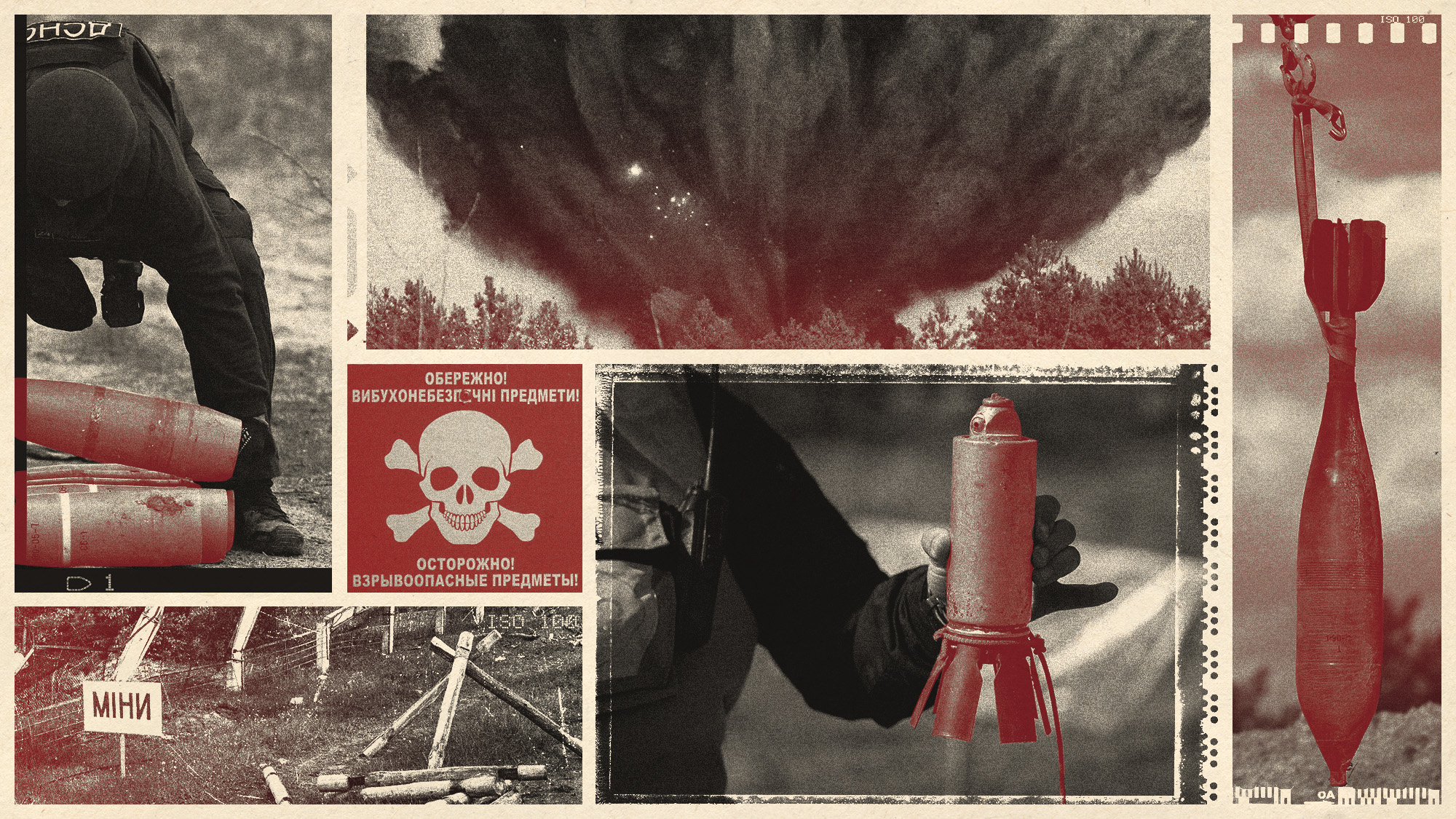 The mission to demine Ukraine
The mission to demine UkraineThe Explainer An estimated quarter of the nation – an area the size of England – is contaminated with landmines and unexploded shells from the war
-
 The secret lives of Russian saboteurs
The secret lives of Russian saboteursUnder The Radar Moscow is recruiting criminal agents to sow chaos and fear among its enemies
-
 Is the 'coalition of the willing' going to work?
Is the 'coalition of the willing' going to work?Today's Big Question PM's proposal for UK/French-led peacekeeping force in Ukraine provokes 'hostility' in Moscow and 'derision' in Washington
-
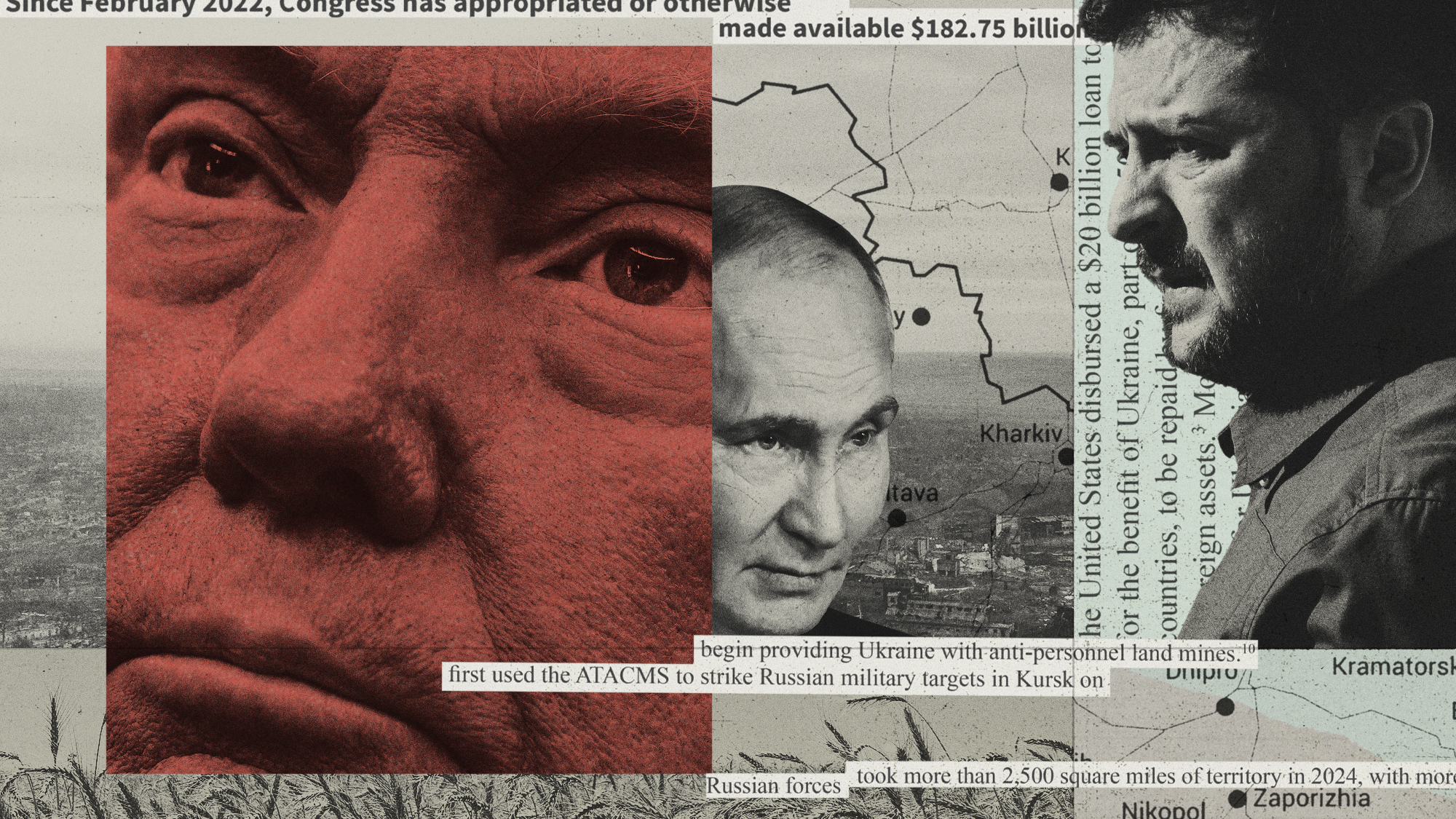 Ukraine: where do Trump's loyalties really lie?
Ukraine: where do Trump's loyalties really lie?Today's Big Question 'Extraordinary pivot' by US president – driven by personal, ideological and strategic factors – has 'upended decades of hawkish foreign policy toward Russia'
-
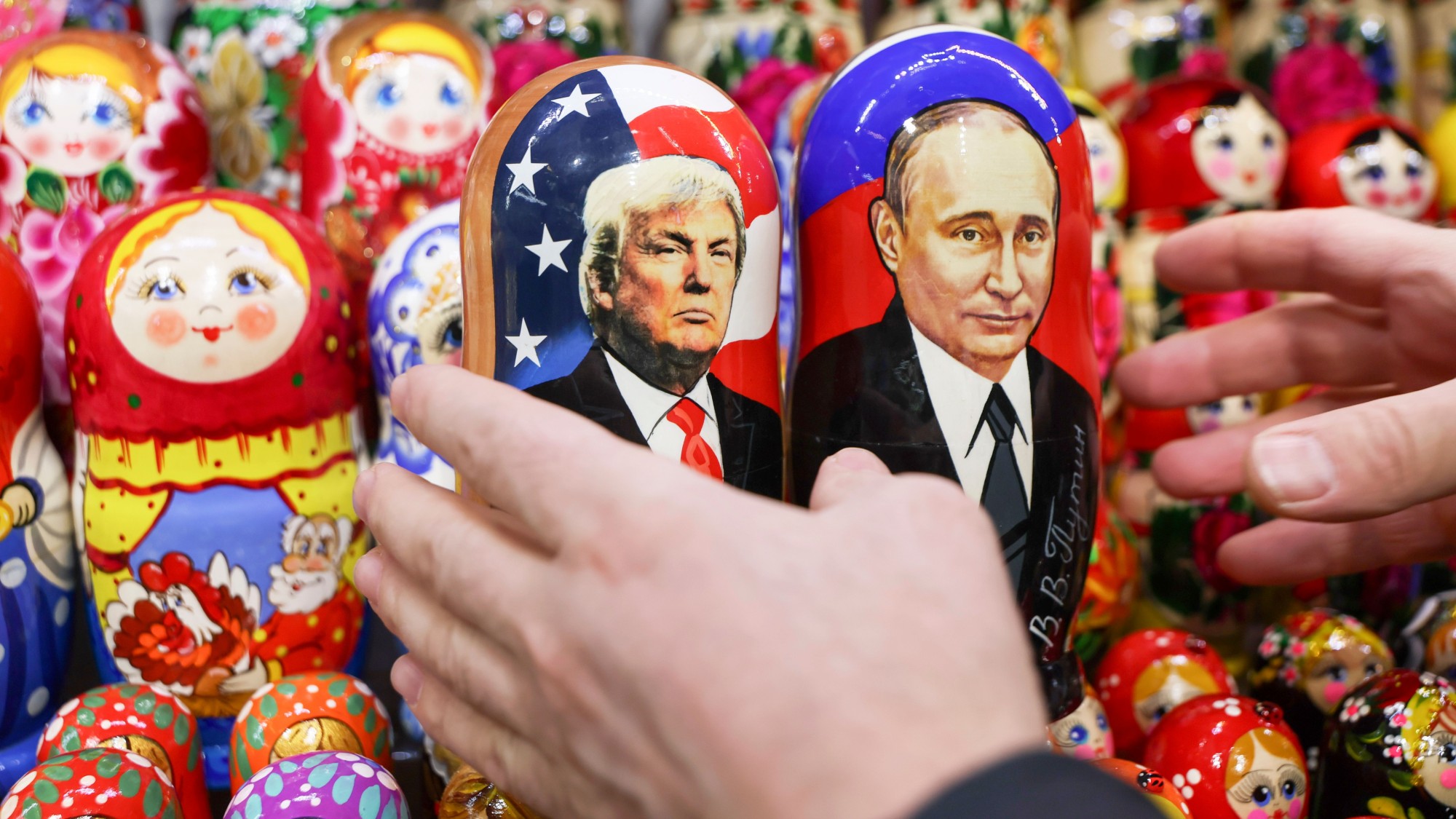 What will Trump-Putin Ukraine peace deal look like?
What will Trump-Putin Ukraine peace deal look like?Today's Big Question US president 'blindsides' European and UK leaders, indicating Ukraine must concede seized territory and forget about Nato membership
-
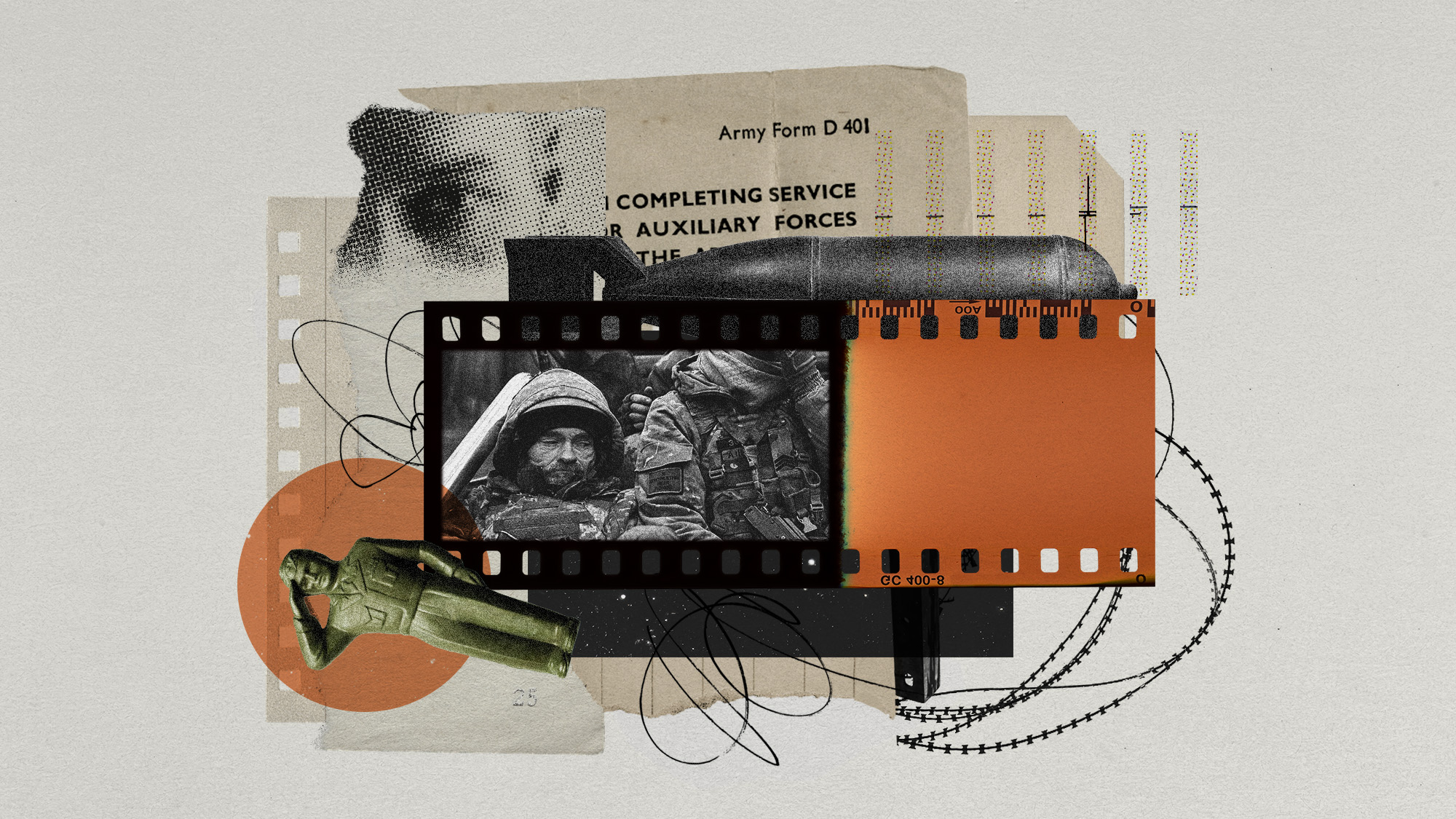 Ukraine's disappearing army
Ukraine's disappearing armyUnder the Radar Every day unwilling conscripts and disillusioned veterans are fleeing the front
-
 Cuba's mercenaries fighting against Ukraine
Cuba's mercenaries fighting against UkraineThe Explainer Young men lured by high salaries and Russian citizenship to enlist for a year are now trapped on front lines of war indefinitely
-
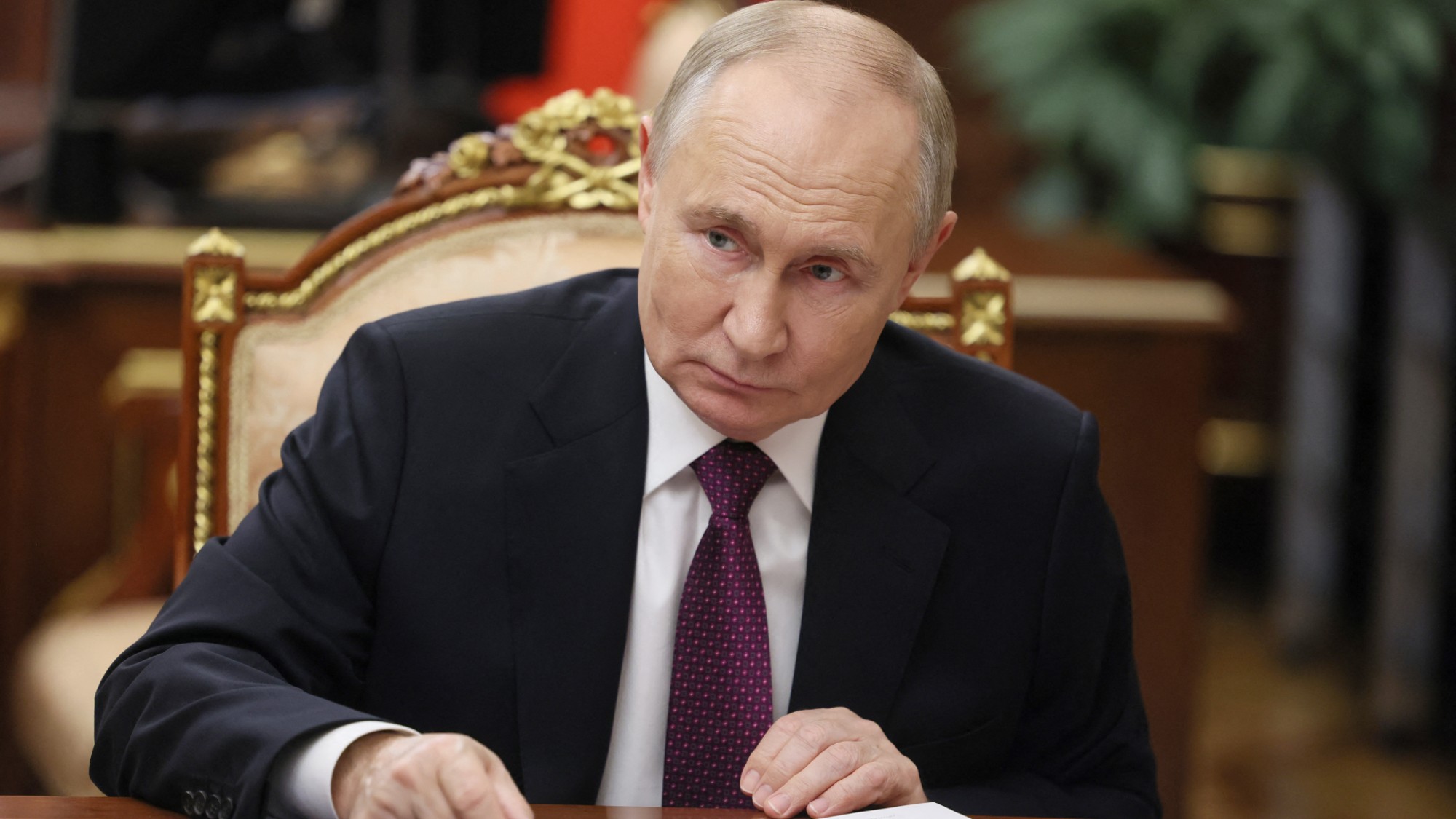 Ukraine-Russia: are both sides readying for nuclear war?
Ukraine-Russia: are both sides readying for nuclear war?Today's Big Question Putin changes doctrine to lower threshold for atomic weapons after Ukraine strikes with Western missiles
